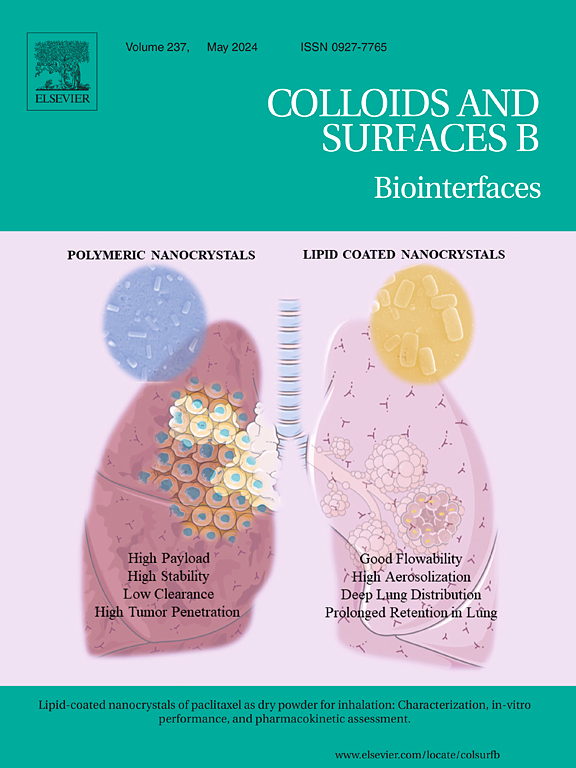A shape memory polynorbornene-based dynamic cell culture platform capable of providing pure mechanical strains
IF 5.4
2区 医学
Q1 BIOPHYSICS
引用次数: 0
Abstract
Shape memory polymers (SMPs) can actively generate recovery strain during shape recovery. This characteristic endows SMPs with the potential for dynamic cell culture platforms capable of providing cells with strain stimulation. However, a critical challenge encountered by current SMP-based platforms is that, besides providing recovery strain, shape recovery can alter surface topography and chemistry. Given that both surface topography and chemistry influence cell behavior, decoupling the recovery strain from the alterations in surface topography and chemistry becomes greatly important. In this work, polynorbornene (PNB), an amorphous homopolymer with a shape memory temperature close to the body temperature, was fabricated into films. We found that the shape recovery of the PNB films does not alter the surface chemistry and topography but produces pure recovery strain. The recovery strain is featured with a compressive strain (up to ∼50 %) along and a tensile strain (up to ∼40 %) perpendicular to the stretching direction, which combine to facilitate the orientation of rat mesenchymal stem cells via both passive and active modes related to the F-actin cytoskeletons. These findings confirm that PNB-based films can act as an effective dynamic cell culture platform, which adds a new alternative for smart mechanical loading in biomedical fields.
求助全文
约1分钟内获得全文
求助全文
来源期刊

Colloids and Surfaces B: Biointerfaces
生物-材料科学:生物材料
CiteScore
11.10
自引率
3.40%
发文量
730
审稿时长
42 days
期刊介绍:
Colloids and Surfaces B: Biointerfaces is an international journal devoted to fundamental and applied research on colloid and interfacial phenomena in relation to systems of biological origin, having particular relevance to the medical, pharmaceutical, biotechnological, food and cosmetic fields.
Submissions that: (1) deal solely with biological phenomena and do not describe the physico-chemical or colloid-chemical background and/or mechanism of the phenomena, and (2) deal solely with colloid/interfacial phenomena and do not have appropriate biological content or relevance, are outside the scope of the journal and will not be considered for publication.
The journal publishes regular research papers, reviews, short communications and invited perspective articles, called BioInterface Perspectives. The BioInterface Perspective provide researchers the opportunity to review their own work, as well as provide insight into the work of others that inspired and influenced the author. Regular articles should have a maximum total length of 6,000 words. In addition, a (combined) maximum of 8 normal-sized figures and/or tables is allowed (so for instance 3 tables and 5 figures). For multiple-panel figures each set of two panels equates to one figure. Short communications should not exceed half of the above. It is required to give on the article cover page a short statistical summary of the article listing the total number of words and tables/figures.
 求助内容:
求助内容: 应助结果提醒方式:
应助结果提醒方式:


